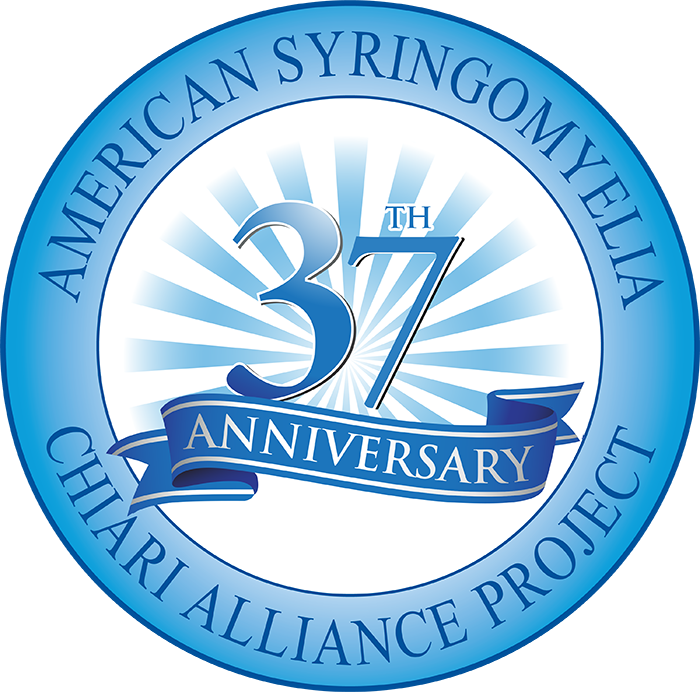Long-term outcomes for children with incidentally discovered Chiari malformation type 1: what is the clinical significance?
Authors: Laurence Davidson, Tiffany N Phan, John S Myseros, Suresh N Magge, Chima Oluigbo, Carlos E Sanchez, Robert F Keathing
In an article published online, 23 November 2020 in Child’s Nervous System (2021) the authors examine Chiari malformation as an increasingly common incidental finding on magnetic resonance imaging (MRI). The proportion of children with an incidentally discovered CM1 who upon further evaluation require operative inter¬vention for previously unrecognized signs and symptoms of neurological compromise or significant radiographic findings (syringomyelia) is unclear. An extensive long-term single-institution patient series was evaluated to better clarify the likelihood of surgery in patients who present with an incidentally discovered CM1.
Only patients under 18 years of age who had an incidentally discovered CM1 and at least 12 months of clinical follow-up were included in the study.
A total of 218 consecutive patients were included. The mean age at the initial neurosurgical evaluation was 6.5 years (range 5 months to 18.4 years), and the mean duration of clinical follow-up was 40.6 months (range 12 to 114 months). Initial MR imaging was most commonly obtained for the evaluation of seizures (15.1%), nonspecific headaches (not occipital or tussive) (14.7%), trauma (9.6%), and developmental delay (7.8%). Of the patients studied that eventually required surgery, we identified two groups: those operated before 6 months since presentation and those operated after 6 months. A total of 36 patients (16.5%) underwent a decompression with 22 patients (61.1%) receiving surgery within 6 months and the remaining 14 patients (38.9%) beyond 6 months. Patients undergoing early surgery (10.1%) initially presented with a significant syrinx or were noted to have an occult neurological dysfunction, whereas a smaller subset of patients (6.4%) eventually required surgery over time due to the development of new symptoms or a de novo syrinx. Only the presence of syringomyelia was statistically significant for the need of a surgical intervention, while age, sex and degree of tonsillar herniation were not.
In conclusion, evaluation of a large group of patients with an incidentally discovered Chiari malformation demonstrated that most patients may be managed conservatively, especially in the absence of syringomyelia. However, there is a subset of patients who will go on to develop a de novo syrinx or neurological symptoms that are new or progressive during follow-up, which should be evaluated by imaging of the brain and spinal cord. The presence of syringomyelia was associated with need for early surgical intervention. However, for patients without syringomyelia, surgical intervention is uncommon but may be delayed up to several years after presentation; therefore, long-term clinical follow-up is recommended.

